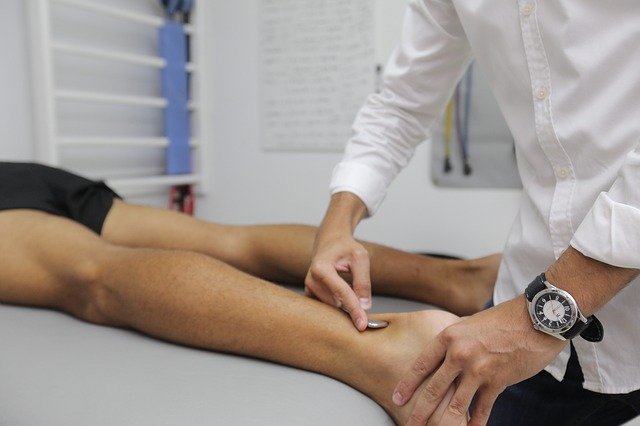10 Ways Physiotherapy has Proven to be an Effective Technique for Staying Healthy
We all at some point engage in some form of exercise or activity that involves the use of parts of our body, well, there are times, it just doesn’t go as planned as we sustain injury or even injuries in the process, other times our bodies just become weak due to too many activities, and other times, we just want to keep fit and look healthy. Trust me, at that point in time, you need a physiotherapist.
Physiotherapy helps restore movement and function when someone is affected by injury, illness or disability. It is the treatment of injury, diseases and disorders utilizing physical methods such as exercise, massage, manipulation and medical treatments like surgery. Physiotherapists do not only treat sport-related injuries, they also handle other physical problems stemming from diseases, illnesses and even ageing. Physiotherapists help to maintain health for people of all ages.
Here are 10 ways physiotherapy has proven to be an effective technique for staying healthy;
Lesser Pain
With constant physiotherapy session, you get to experience lesser or no body pain. So, if you are one who experiences pain frequently, then, you should try seeing a physiotherapist.
Improves Mobility
Physiotherapy helps to improve mobility, so, regardless of your age, if you are having issue standing properly or fully moving parts of your body, then you need physiotherapy. Active physiotherapy helps to improve body movements, which is beneficial to you.
Boosts Balance and Stability
If you are finding it difficult to maintain balance when standing or engaging in exercises, or any other activity, then you need to pay a visit to a physiotherapist. Physiotherapists help you maintain coordination and balance, keeping you strong and fit. They also help to check the cause of your body imbalance, and if it is caused by a problem in the body’s vestibular system, physiotherapists can take care of that by restoring proper vestibular functioning.
Aids Recovery from Sports’ Injuries
Physiotherapy helps you recover quickly from sports injuries as the physiotherapist takes you through exercise routines that helps your wounds heal faster, putting you back on track to sporting.
Physiotherapy is Effective in Managing Diabetes
Physiotherapy can help to control and even reduce blood sugar level. They provide relevant information to patients on how to live and eat healthy.
Manage Heart and Lung Diseases
Physiotherapy can help to manage heart and lung diseases. It can help solve breathing problems through various exercises targeted at clearing fluids in the lungs, thereby improving breathing.
Manage Health Issues Peculiar To Ageing
There are certain health-related issues peculiar to ageing such as joint pains, arthritis and the likes. With physical therapy, these issues can be dealt with, and your body gets to be revitalized, making you feel stronger.
Keeps Surgery at Bay
If you constantly engage in physical therapy exercises, then you may not be needing to undergo surgery as you get to recover quickly from injuries and pains. However, if there is still a need for surgery, you get to recover at a faster pace in comparison to if you do not go through physiotherapy.

Recover from Stroke
Physical therapy aids your recovery process from stroke. It strengthens weak parts of the body, aids you in moving around in bed, carrying out certain tasks with little help, and become more independent at home.
Helps People With Disabilities
Physiotherapists help people with disabilities as they aid in improving their quality of life. Physiotherapy is used to assess, treat and prevent an array of health conditions and movement disorders.

Physiotherapists use their requisite knowledge and skills to improve a range of conditions associated with different systems of the body, such as:
- Neurological (stroke, multiple sclerosis).
- Neuro-musculoskeletal (body pain, arthritis, sports injuries).
- Cardiovascular (recovery from heart attack).
- Respiratory ( such as asthma, pulmonary diseases).
There is active and passive physiotherapy. In active physiotherapy, patients see actual joint and muscle movement as part of the therapy. It may begin with the stretching of the muscles or movement of the joints, with or without the aid of a physiotherapist. Other examples of active physiotherapy are massage, light weight lifting and balance exercises.
Passive physiotherapy on the other hand do not require the patient to move their muscles and joints. Just like the name implies, patients are usually passive during this therapy session. It is usually employed in situations where patients’ muscles are too weak to finish the exercise session, or if the patient is experiencing severe pain and discomfort. The passive physiotherapy is temporary, to help the patient fully recover and become strong enough to move onto the active physiotherapy.
Live healthy! Stay healthy! Go physiotherapy!

